Rebuilding LA: Altadena architects talk after the fire
A discussion with Altadena’s architects about bringing a devastated Los Angeles back to life after the January 2025 fires launches our ‘Rebuilding LA’ series
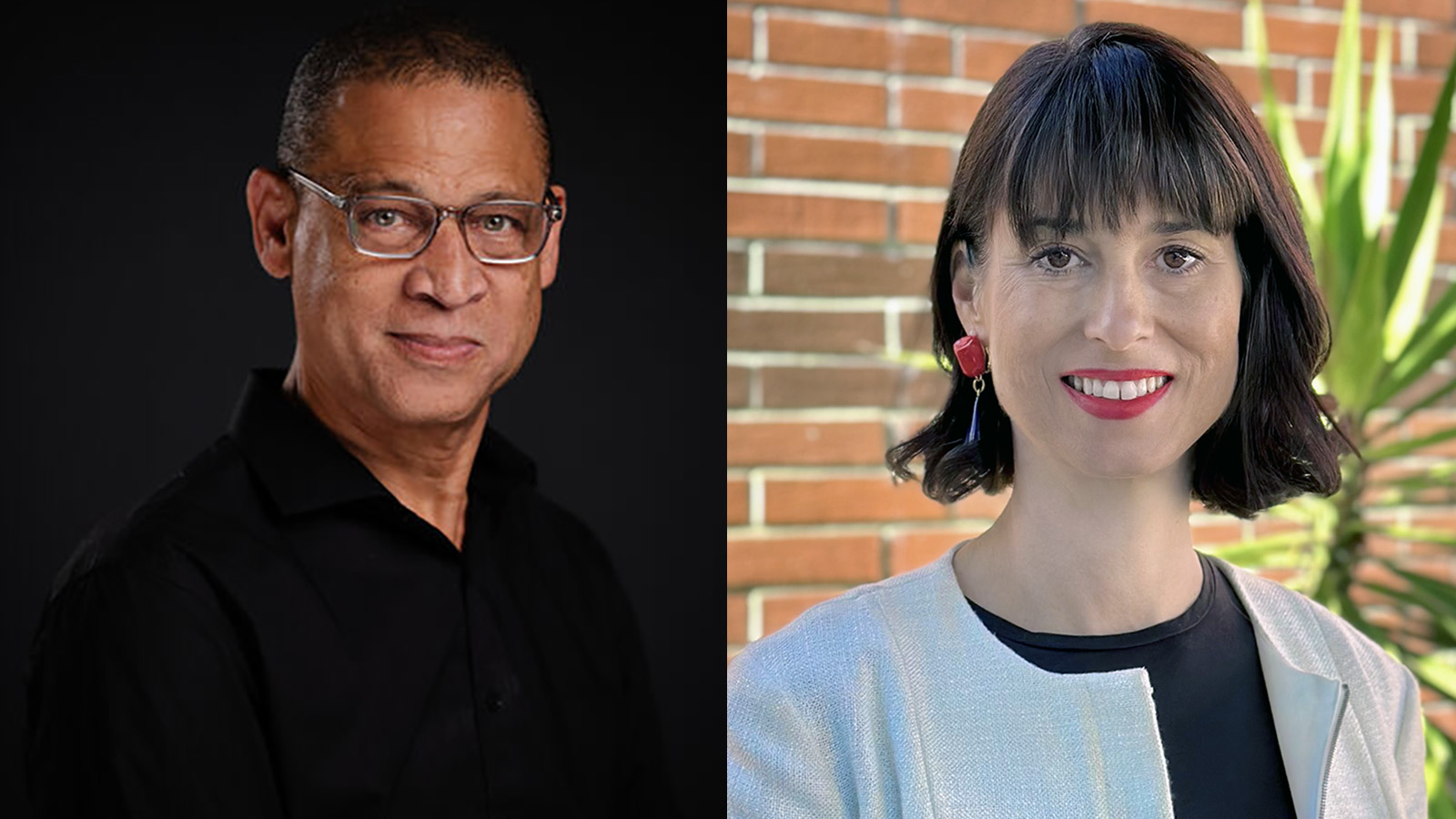
'Constructing the built environment has to be rethought holistically, rethought in a very radical way,' says Heather Flood as she surveys the remains of what once was her Altadena, California home. All that’s left of the French Country, 2,000 sq ft residence is a Batchelder tile fireplace and brick chimney, a pile of collapsed stucco, and the burnt carcass of an overturned refrigerator. Flood and her husband, Josh Goldsmith, evacuated on 7 January during the wind storm and fierce wildfires that ripped through communities, destroying houses, businesses, and schools, and killing at least 29 people.
Flood is dean of the school of architecture and professor at Woodbury University in nearby Burbank. For her, the Eaton Fire is an emotional, personal tragedy and an architectural problem urgently in need of a solution. 'I’ve never been super into sustainability or resilience, but I can't look away from them now,' she says, emphasising that architects must find a better way to design at the edge of the wildland-urban interface. It’s an edge requiring reassessment. According to Flood, although her property is located about a mile from the wilderness of the San Gabriel Mountains, her insurance didn’t categorise it as at high risk for fire.
‘I’ve never been super into sustainability or resilience, but I can’t look away from them now’
Architect Heather Flood
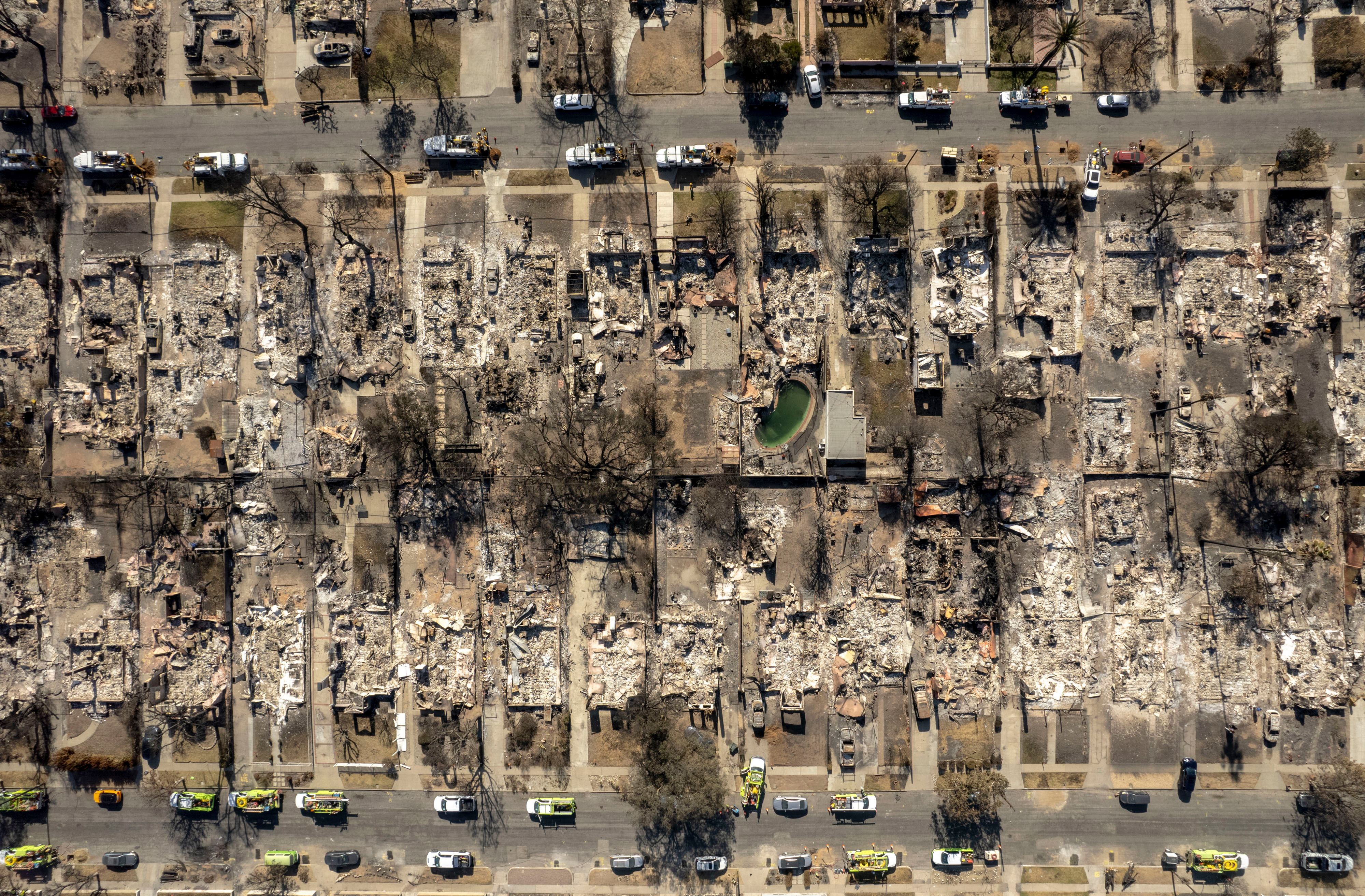
Rebuilding LA: we talk to Altadena's architects
Like so many people, Flood spent the last few weeks navigating recovery – insurance claims, paperwork for FEMA clean-up – and in conversation (via regular Zooms) with her closest neighbours about how, when, and what to rebuild. There’s hope amongst folks on her block that they might act collectively or pool resources to expedite the process. Darrell Park lives across the street; he lost not only his home but also the accessory dwelling unit (ADU) he built in the backyard. It took him three years to get through permitting hoops with the LA County Building and Safety Department. Despite initiatives and assurances from California governor Gavin Newson and LA mayor Karen Bass, he’s more than sceptical that permit office officials can efficiently process the thousands of plan checks needed to build back Altadena and the Pacific Palisades.
Park, a self-proclaimed policy wonk who ran for election to the Los Angeles County Board of Supervisors in 2020 (and lost), shares his proposal: a fast-track pilot programme to construct 100 houses in 100 days. It’s one of many ideas being generated by the community, including incentivising ADUs, rolling out prefabs, and building with fire-resilient materials. Various groups are discussing how licensed architects might be used to 'self-check' plans in order to expedite the permitting process.
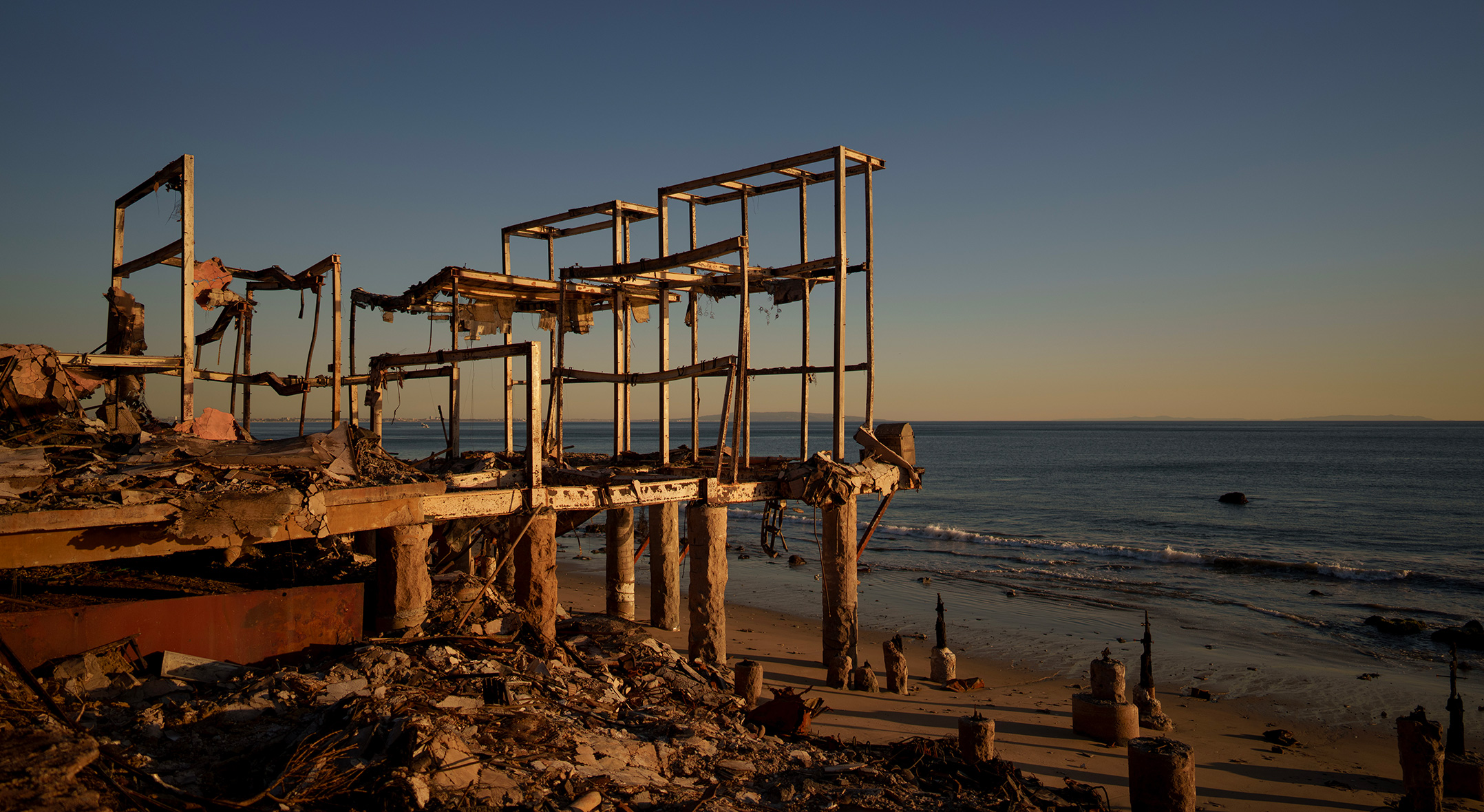
‘You can’t outrun climate change’
Architect Heather Flood
As we drive around the burn zone, the surreal diagram of the fire’s erratic path becomes visible: a perfectly intact craftsman bungalow surrounded by oaks at the end of a destroyed block, an enclave of preserved estates within walking distance to Eaton Canyon, where a power line sparked the blaze. Flood points to what once was a metal roof; the kind used to guard against flying embers, it draped like a blanket over the ruins of the house it was supposed to protect. 'You can’t outrun climate change,' she notes. 'It is coming for everybody.'
Architect Steven Lewis, a principal at ZGF Architects and former president of the National Organization of Minority Architects, is what some might call lucky; the fires stopped yards away from his front yard. While his home was spared, many of his neighbours in western Altadena weren’t as fortunate. The historically Black neighbourhood is a tight-knit community with households spanning generations and families with multiple homes in the area. It is also where the most fire deaths occurred – 17 of the 29. Evacuation orders on the western side lagged hours behind the ones issued on the eastern side even as the winds whipped flames and smoke at enormous speed.
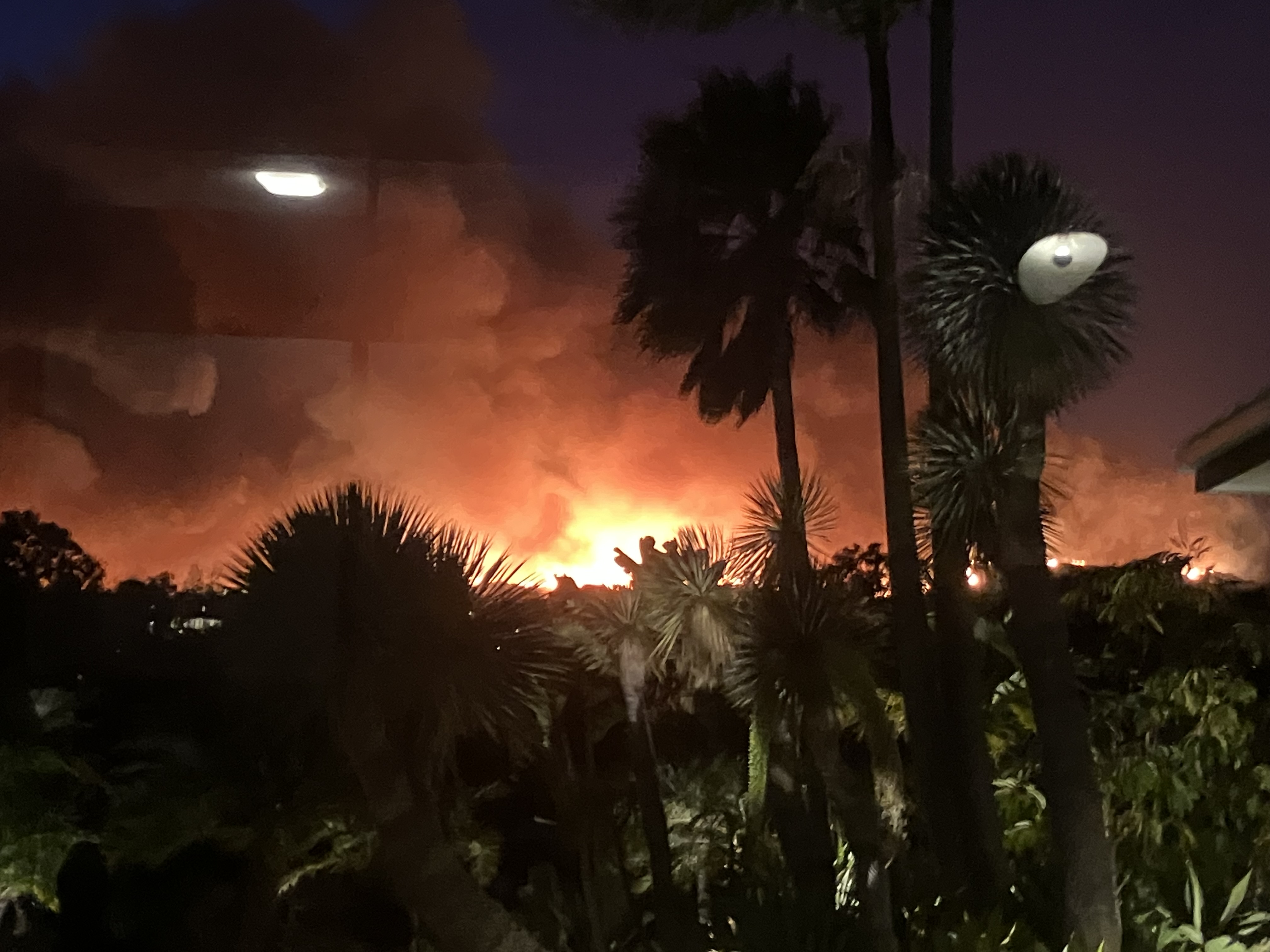
Architecture writer and local resident Michael Webb offered us his personal account of the devastating Los Angeles fires; seen here, a view of the Palisades fire during the blaze, shared by a friend of the writer
Lewis, who first moved to Altadena in 1980, was the urban design director for the Central of Detroit for three years before returning to Altadena in 2018. He is dedicated to helping the place retain its identity as rebuilding efforts take shape and is working with the Pasadena Foothill AIA Chapter and colleagues from NOMA. 'Detroit has neighbourhoods that are as close to devastation as Altadena and the Palisades, where for blocks and blocks there’s nothing vertical coming off the ground,' says Lewis. 'The difference being, of course, that it took decades for that decline to happen in Detroit, and ours happened overnight.'
Receive our daily digest of inspiration, escapism and design stories from around the world direct to your inbox.
He shares a lesson from working in Detroit: 'Nothing about us, without us, is for us.' The mantra resonates deeply after the Eaton Fire. Regardless of future infrastructure or homeowner aesthetics, Lewis believes that involving the community in leading the way forward is not only crucial to preserving the spirit and rich heritage of Altadena, it’s the only way.
Mimi Zeiger is a Los Angeles-based critic, editor, and curator, holding a Master of Architecture degree from SCI-Arc and a Bachelor of Architecture degree from Cornell University. She was co-curator of the U.S. Pavilion for the 2018 Venice Architecture Biennale, and she has written for the New York Times, the Los Angeles Times, Architectural Review, Metropolis, and Architect. Mimi is the 2015 recipient of the Bradford Williams Medal for excellence in writing about landscape architecture. She has also authored New Museums, Tiny Houses, Micro Green: Tiny Houses in Nature, and Tiny Houses in the City. In 1997, Zeiger founded loud paper, an influential zine and digital publication dedicated to increasing the volume of architectural discourse. She is visiting faculty at the Southern California Institute of Architecture (SCI-Arc) and teaches in the Media Design Practices MFA program at Art Center College of Design. She was co-president of the Los Angeles Forum for Architecture and Urban Design and taught at the School of Visual Art, Art Center, Parsons New School of Design, and the California College of the Arts (CCA).
-
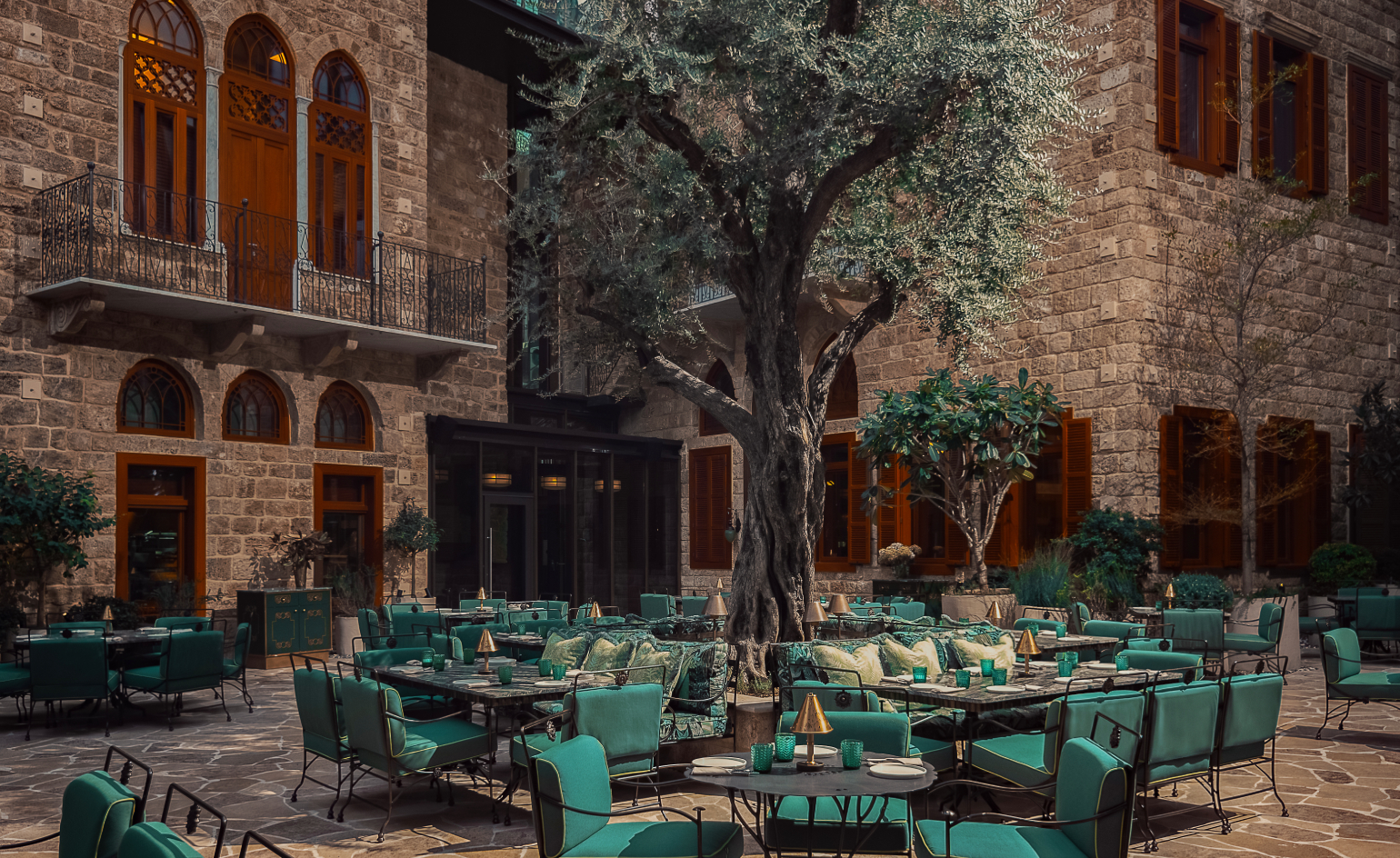 New members’ club Beihouse revives Beirut’s architectural heritage
New members’ club Beihouse revives Beirut’s architectural heritageFollowing the devastating 2020 explosion, three 19th-century homes in Gemmayzeh become a social hub balancing cultural memory with contemporary luxury
-
 Aman New York unveils exclusive US Open-themed experience
Aman New York unveils exclusive US Open-themed experienceAman’s ‘Season of Champions’ pairs Grand Slam action with personalised recovery and performance treatments designed by Novak Djokovic and Maria Sharapova
-
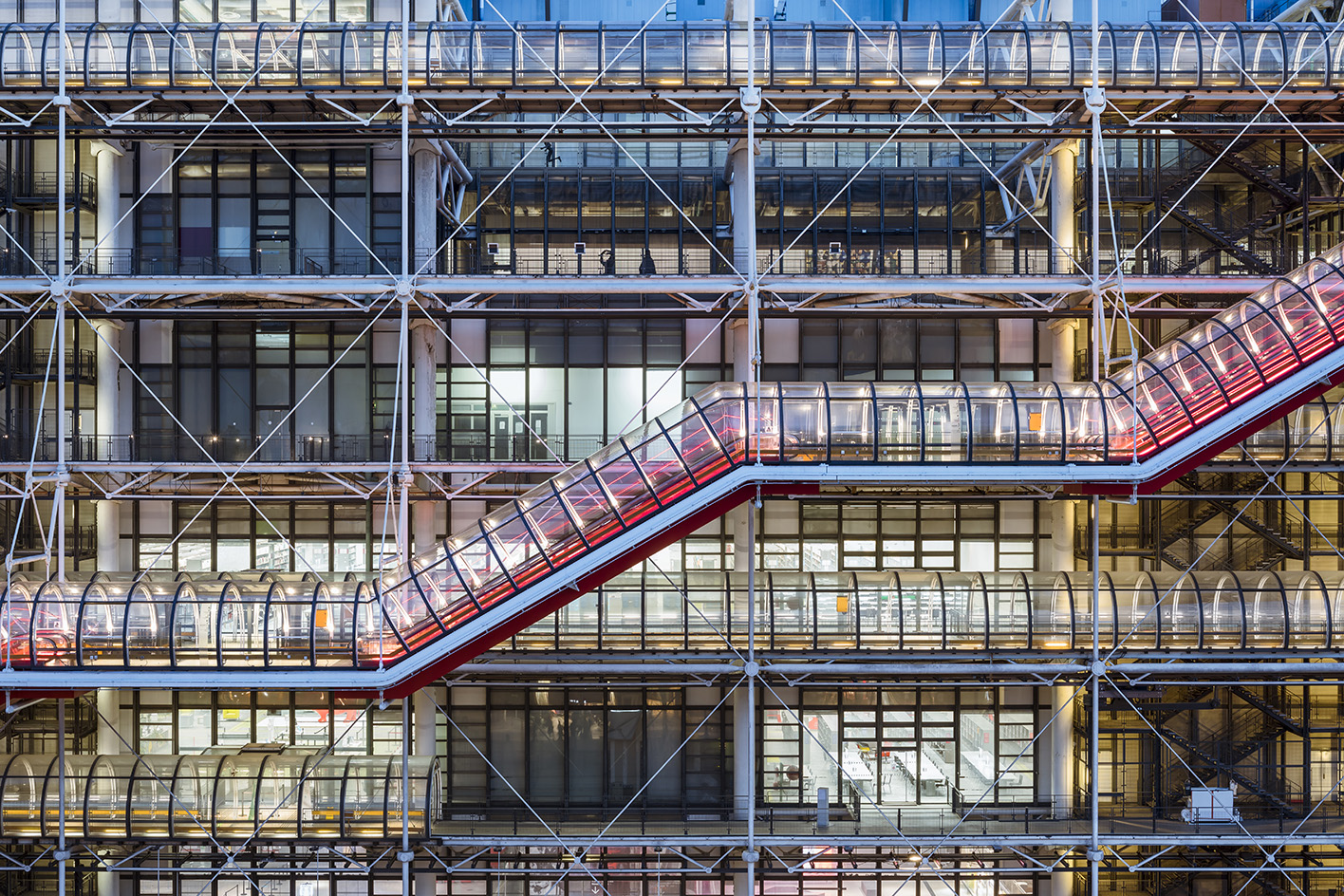 A guide to Renzo Piano’s magic touch for balancing scale and craft in architecture
A guide to Renzo Piano’s magic touch for balancing scale and craft in architectureProlific and innovative, Renzo Piano has earned a place among the 20th century's most important architects; we delve into his life and career in this ultimate guide to his work
-
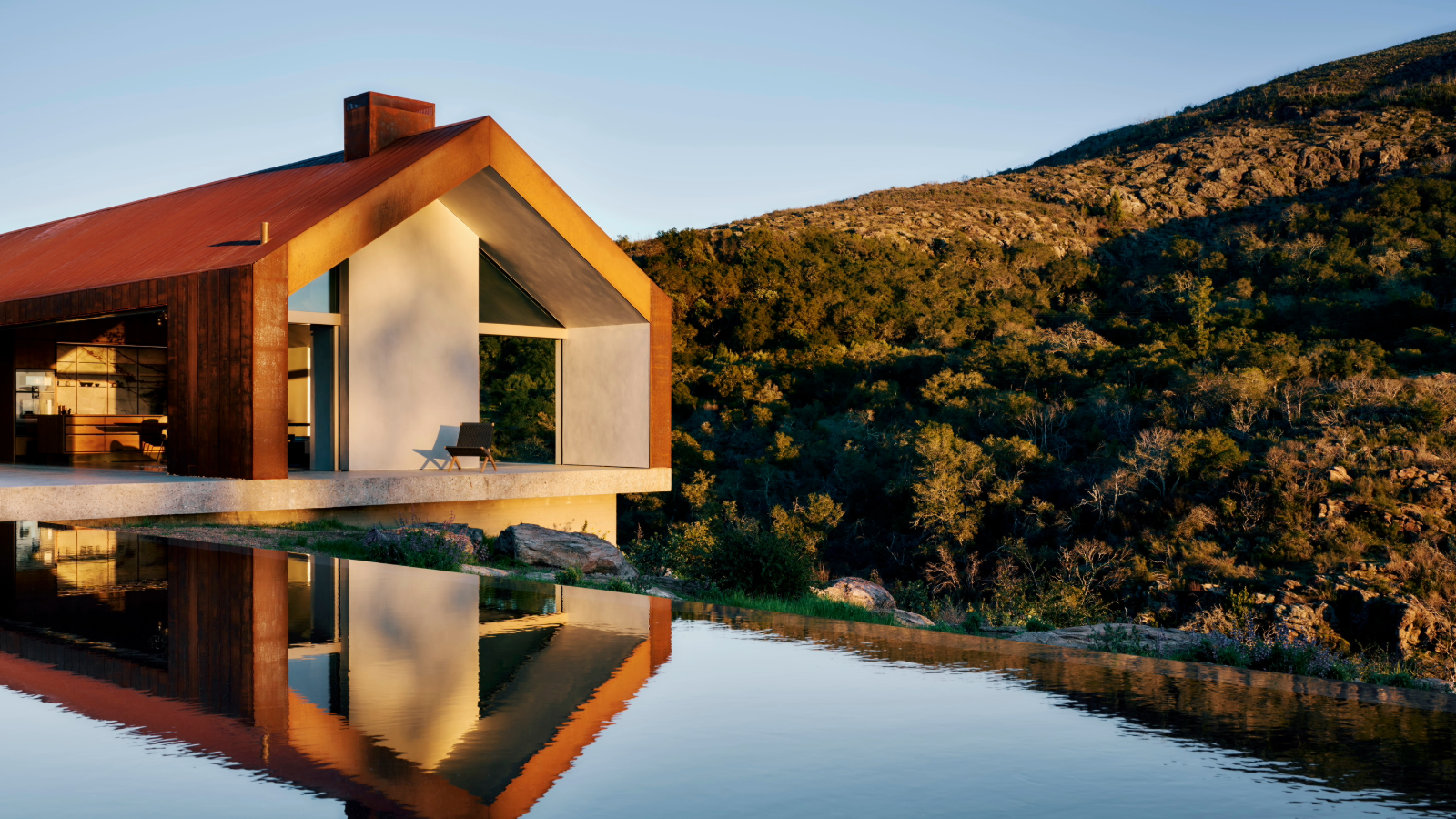 Tour this fire-resilient minimalist weekend retreat in California
Tour this fire-resilient minimalist weekend retreat in CaliforniaA minimalist weekend retreat was designed as a counterpoint to a San Francisco pied-à-terre; Edmonds + Lee Architects’ Amnesia House in Napa Valley is a place for making memories
-
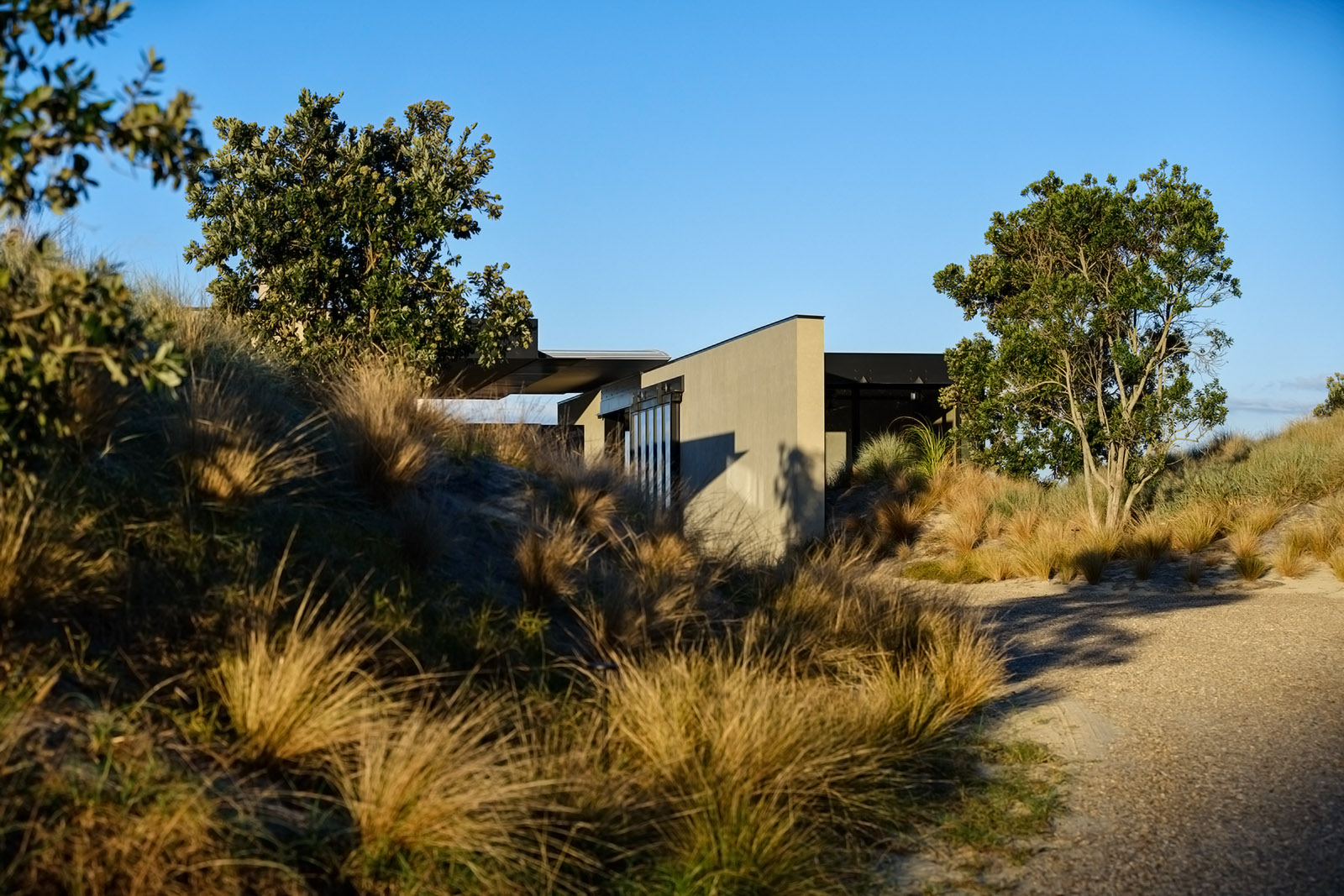 A New Zealand house on a rugged beach exemplifies architect Tom Kundig's approach in rich, yet understated luxury
A New Zealand house on a rugged beach exemplifies architect Tom Kundig's approach in rich, yet understated luxuryThis coastal home, featured in 'Tom Kundig: Complete Houses', a new book launch in the autumn by Monacelli Press, is a perfect example of its author's approach to understated luxury. We spoke to Tom Kundig, the architect behind it
-
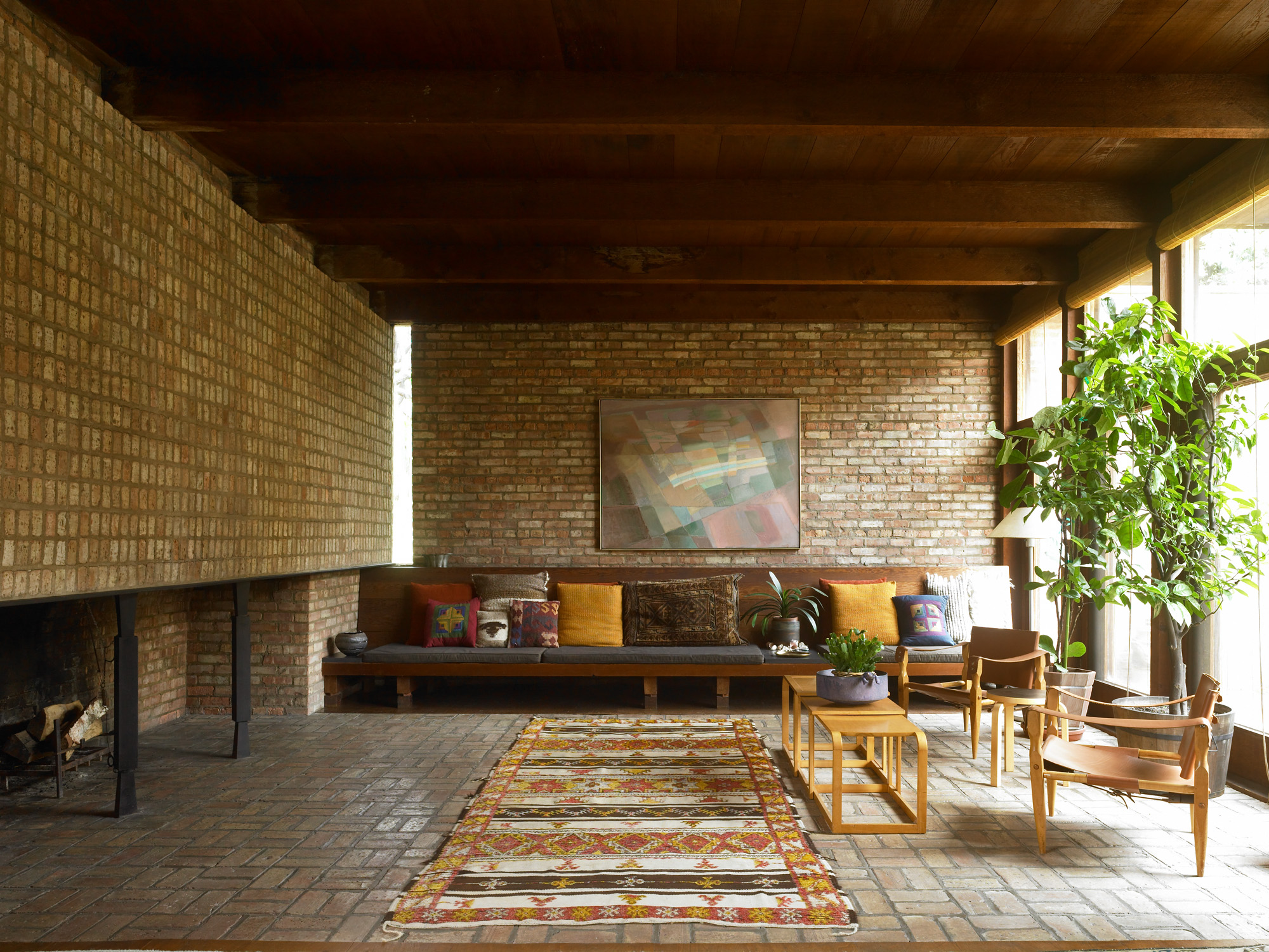 Tour architect Paul Schweikher’s house, a Chicago midcentury masterpiece
Tour architect Paul Schweikher’s house, a Chicago midcentury masterpieceNow hidden in the Chicago suburbs, architect Paul Schweikher's former home and studio is an understated midcentury masterpiece; we explore it, revisiting a story from the Wallpaper* archives, first published in April 2009
-
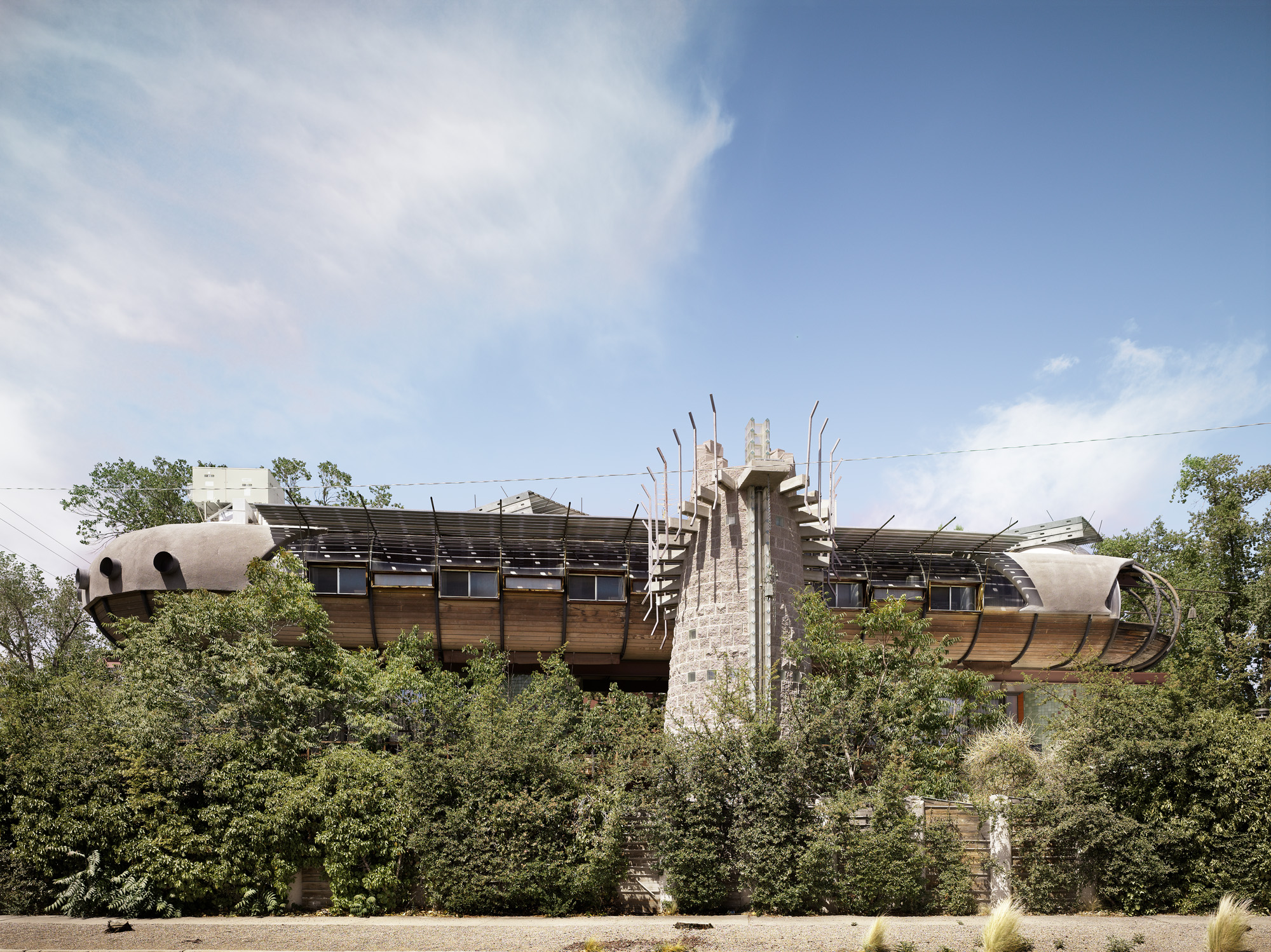 The world of Bart Prince, where architecture is born from the inside out
The world of Bart Prince, where architecture is born from the inside outFor the Albuquerque architect Bart Prince, function trumps form, and all building starts from the inside out; we revisit a profile from the Wallpaper* archive, first published in April 2009
-
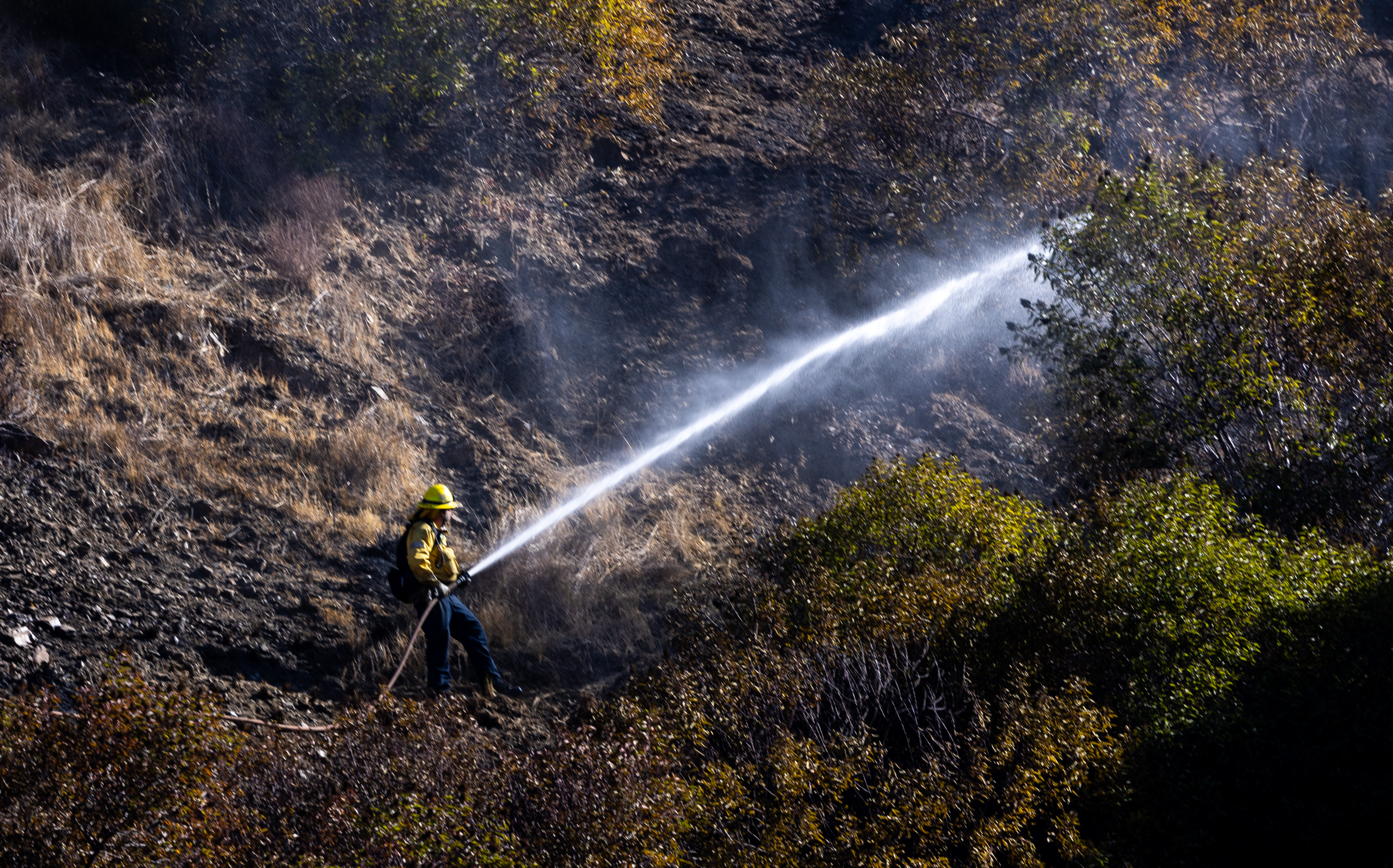 Is embracing nature the key to a more fire-resilient Los Angeles? These landscape architects think so
Is embracing nature the key to a more fire-resilient Los Angeles? These landscape architects think soFor some, an executive order issued by California governor Gavin Newsom does little to address the complexities of living within an urban-wildland interface
-
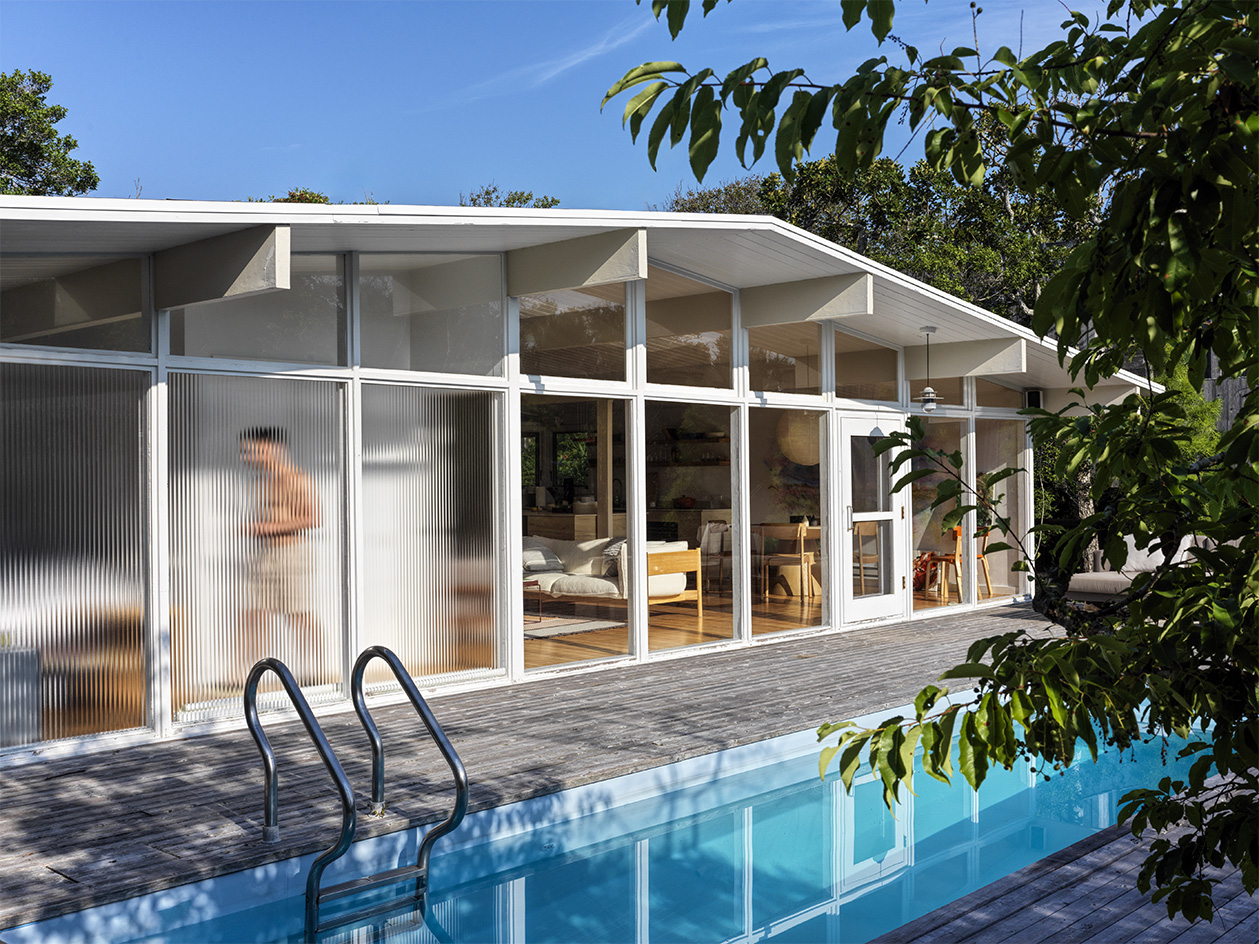 Hop on this Fire Island Pines tour, marking Pride Month and the start of the summer
Hop on this Fire Island Pines tour, marking Pride Month and the start of the summerA Fire Island Pines tour through the work of architecture studio BOND is hosted by The American Institute of Architects New York in celebration of Pride Month; join the fun
-
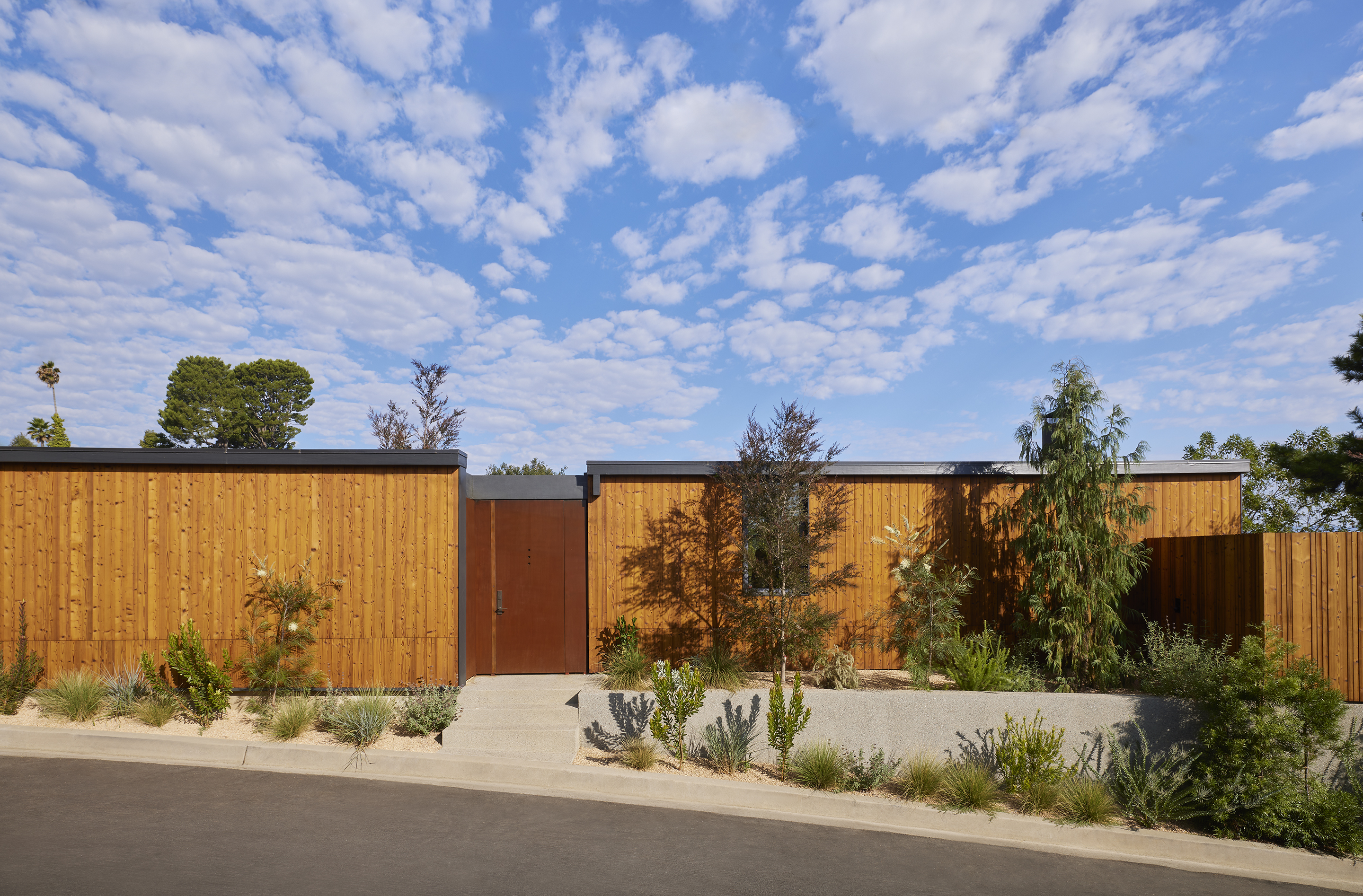 A Laurel Canyon house shows off its midcentury architecture bones
A Laurel Canyon house shows off its midcentury architecture bonesWe step inside a refreshed modernist Laurel Canyon house, the family home of Annie Ritz and Daniel Rabin of And And And Studio
-
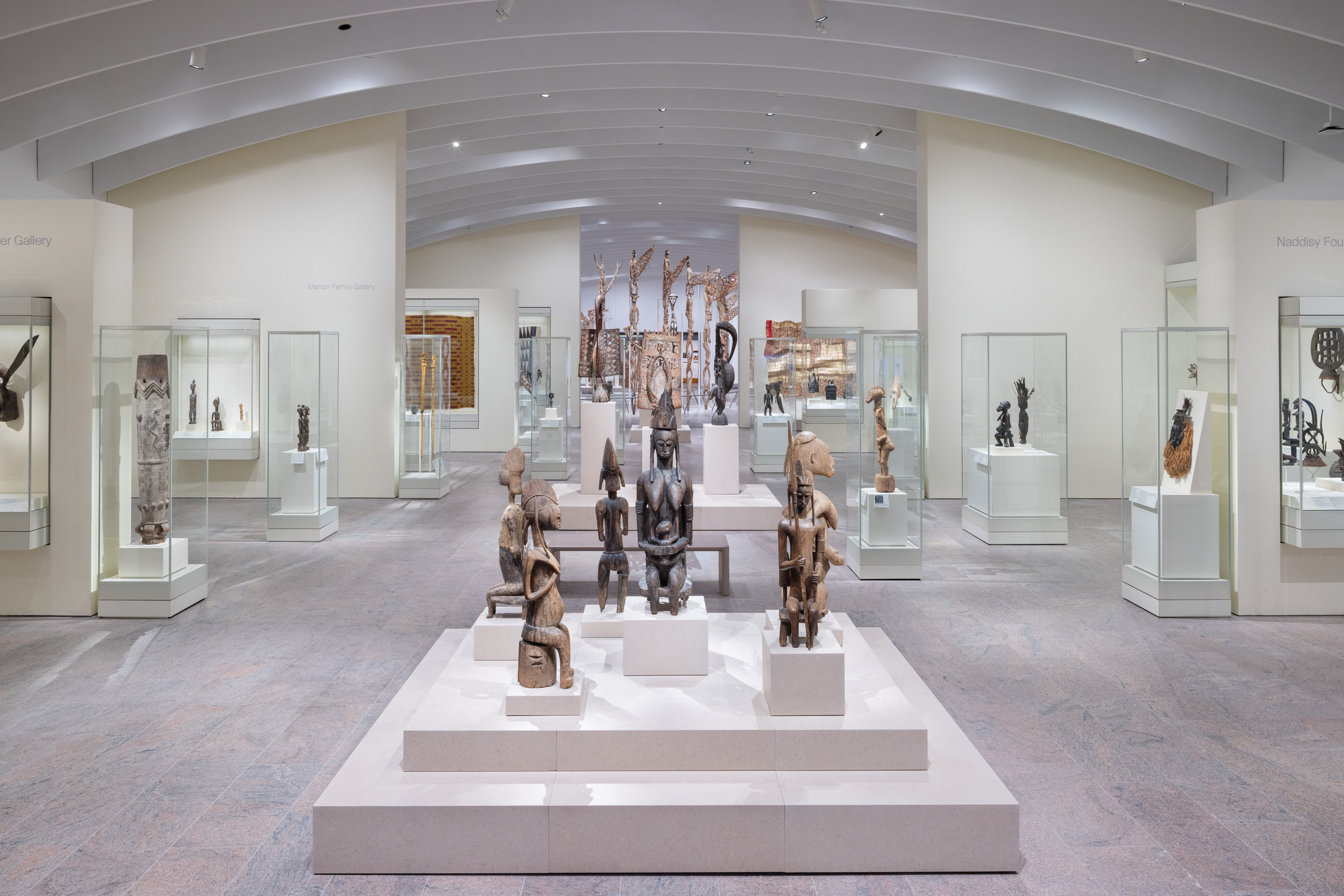 A refreshed Rockefeller Wing reopens with a bang at The Met in New York
A refreshed Rockefeller Wing reopens with a bang at The Met in New YorkThe Met's Michael C Rockefeller Wing gets a refresh by Kulapat Yantrasast's WHY Architecture, bringing light, air and impact to the galleries devoted to arts from Africa, Oceania and the Ancient Americas